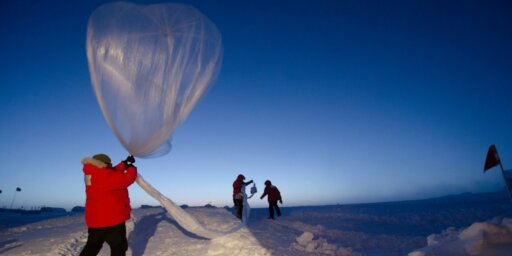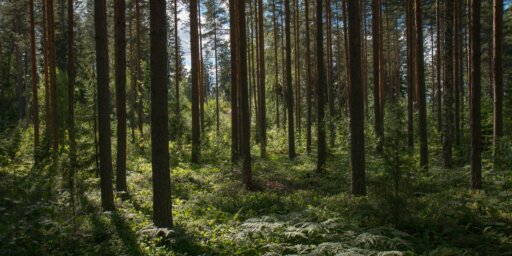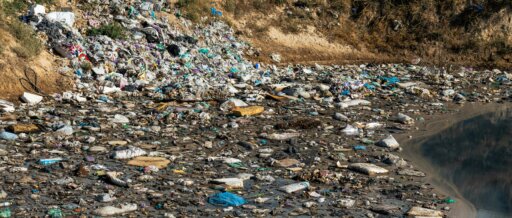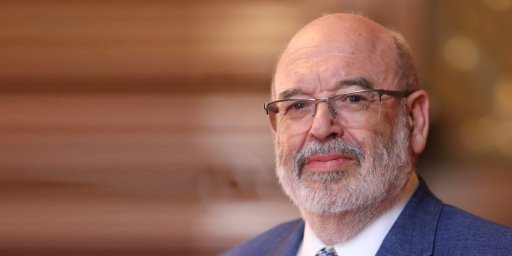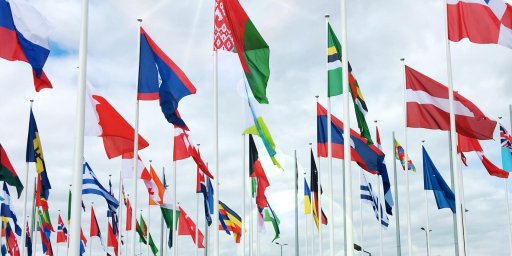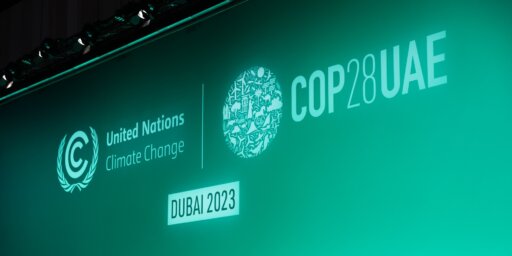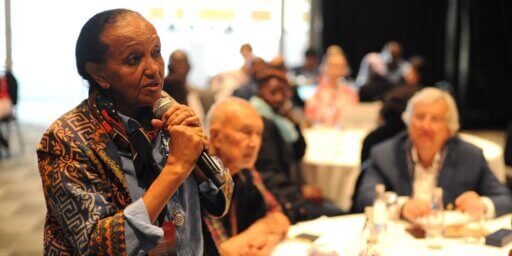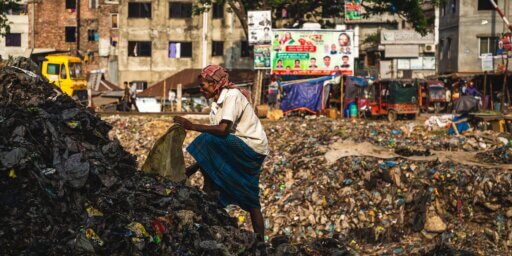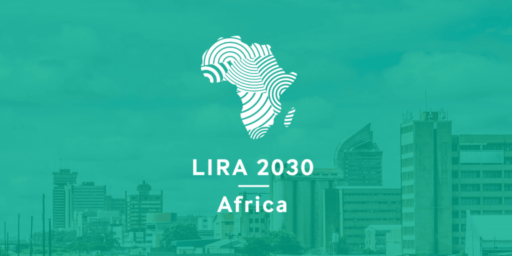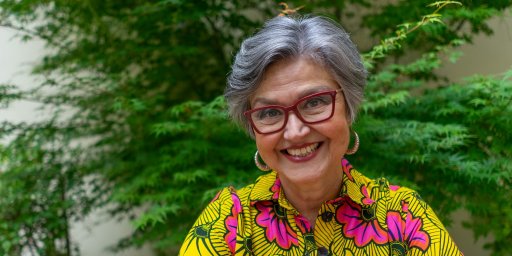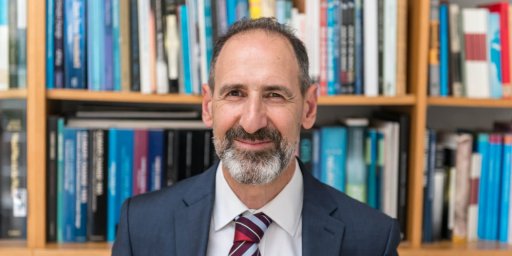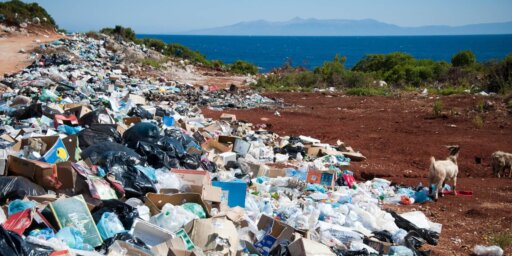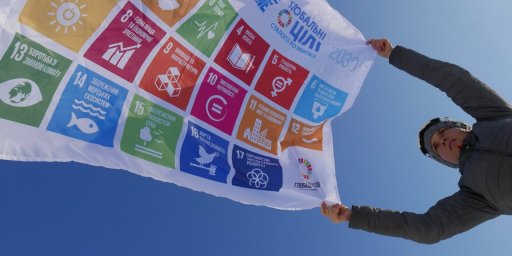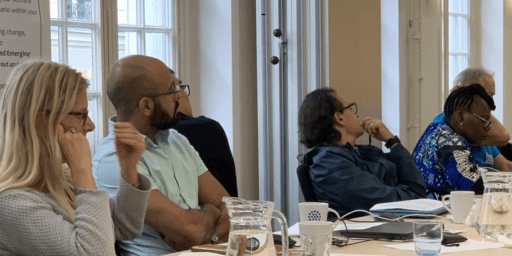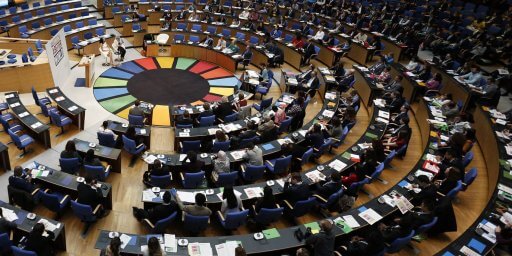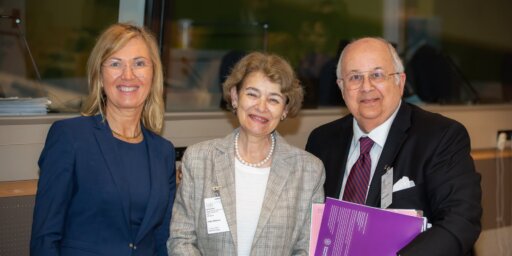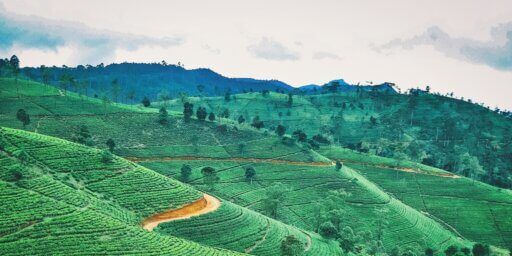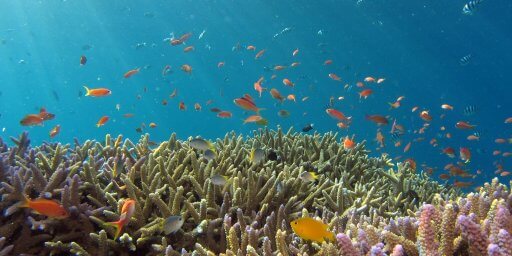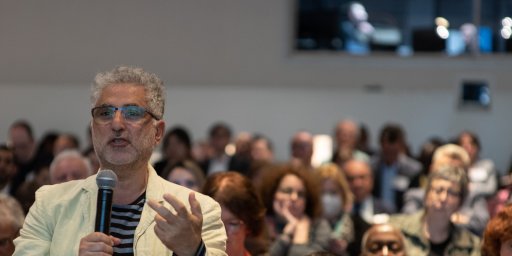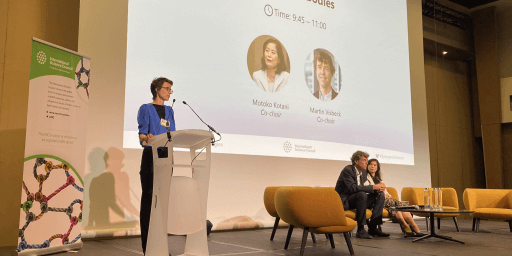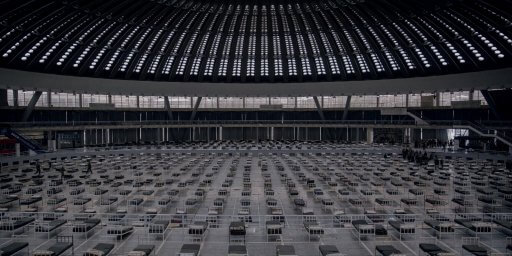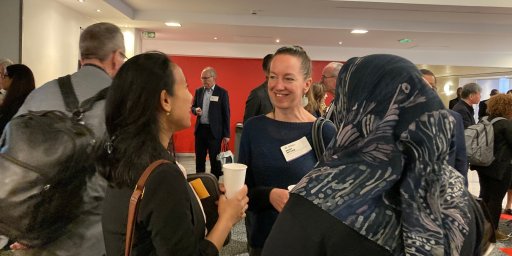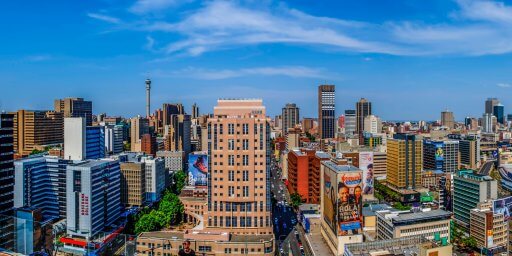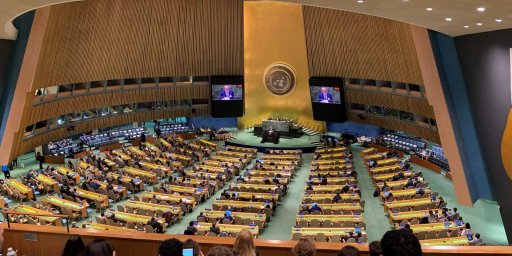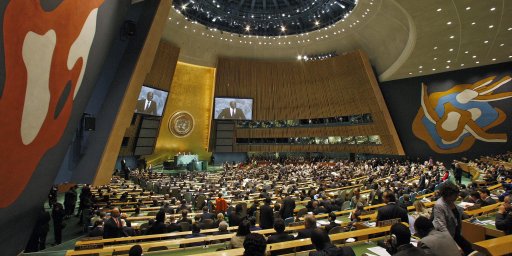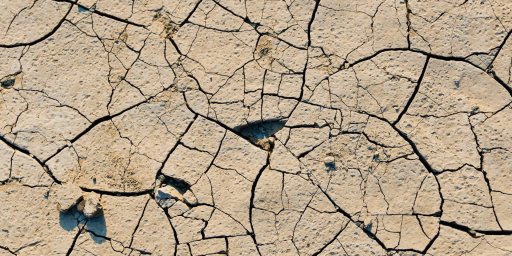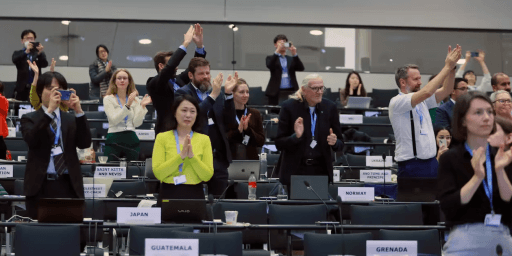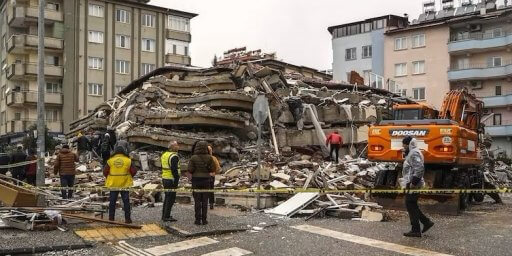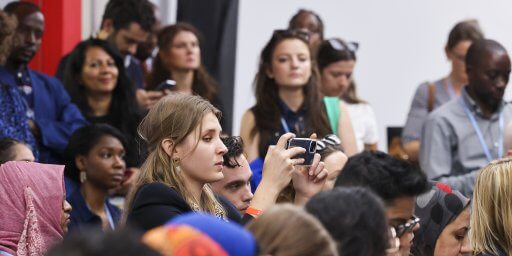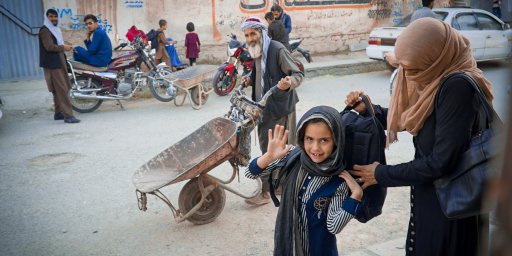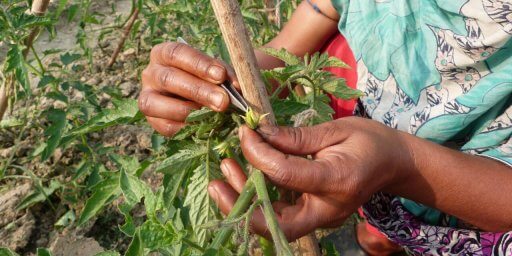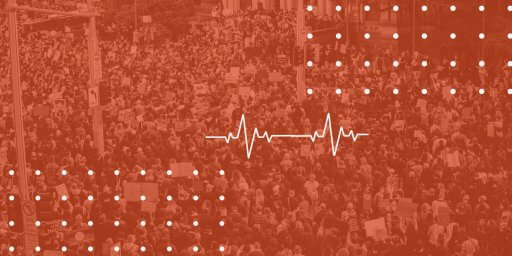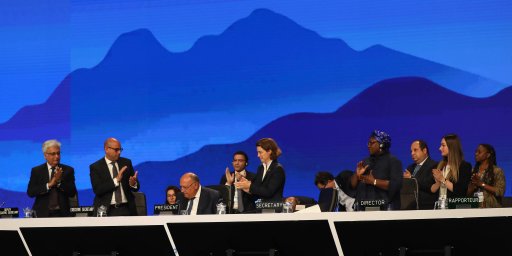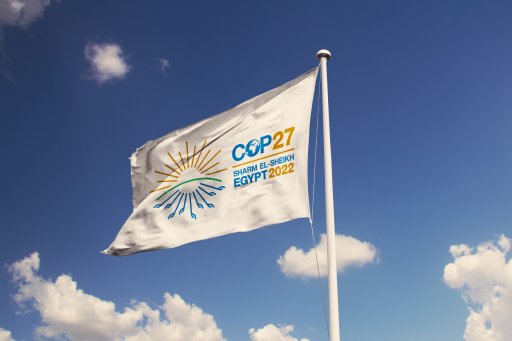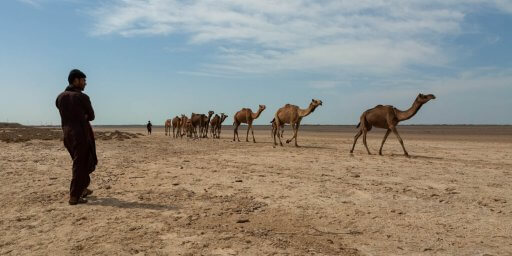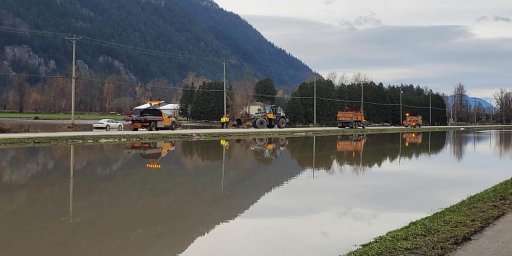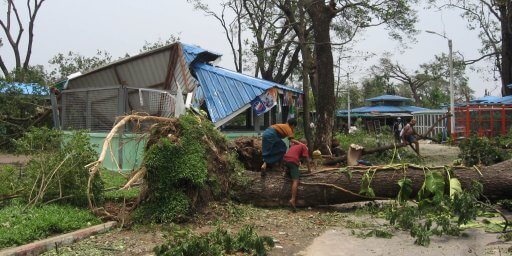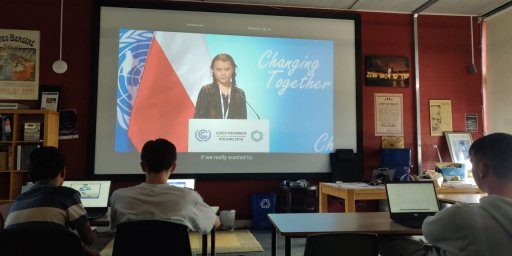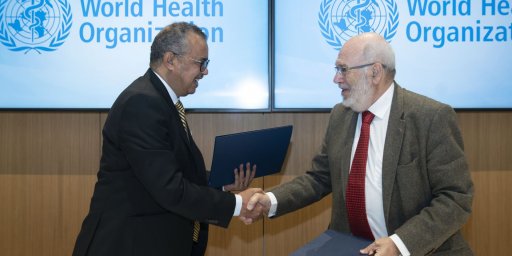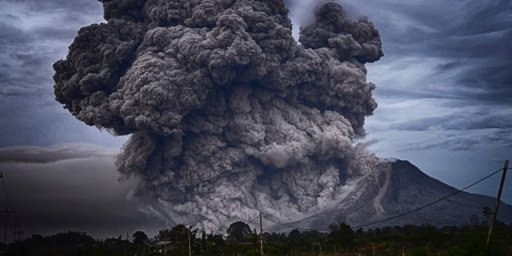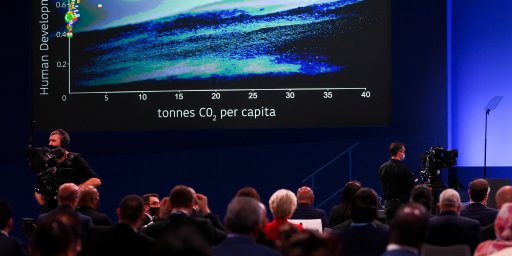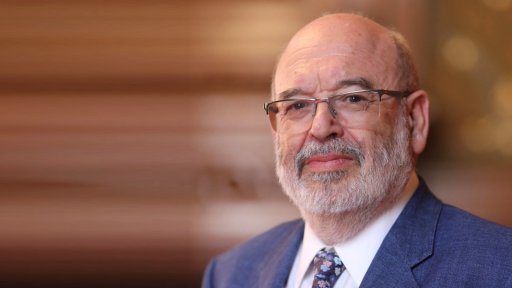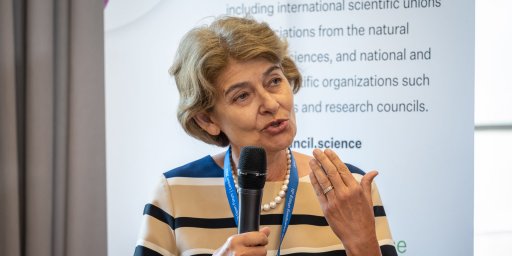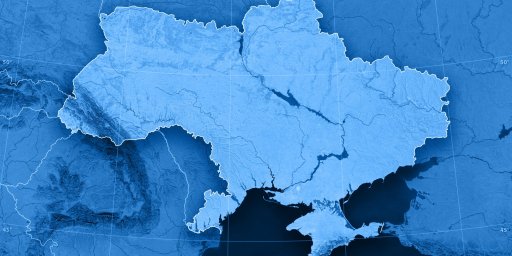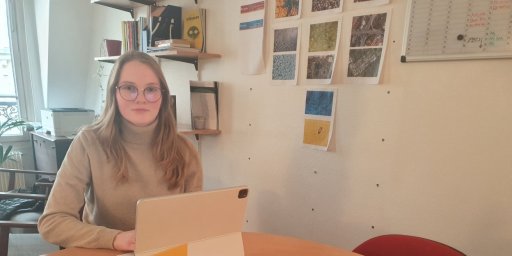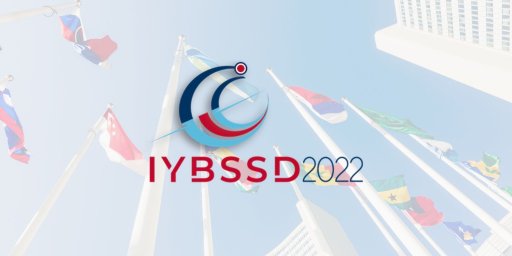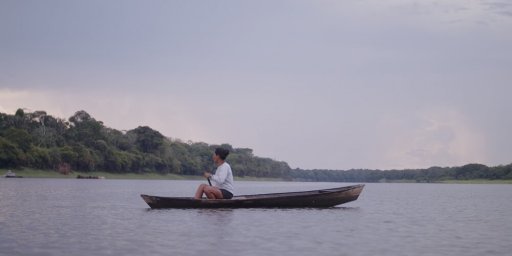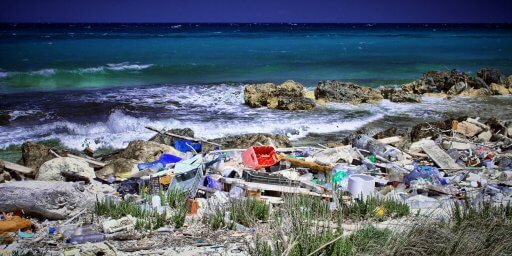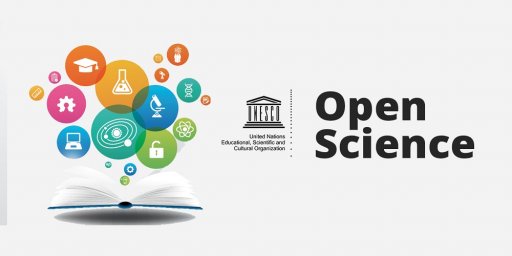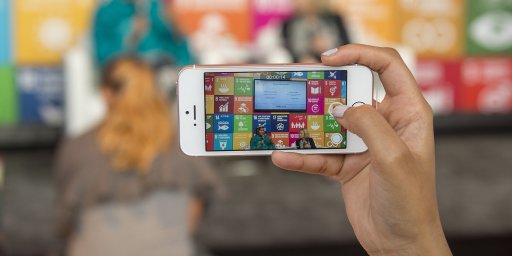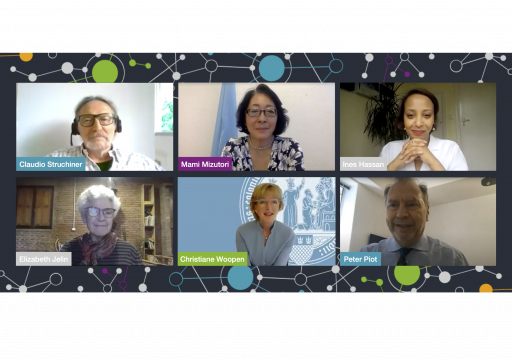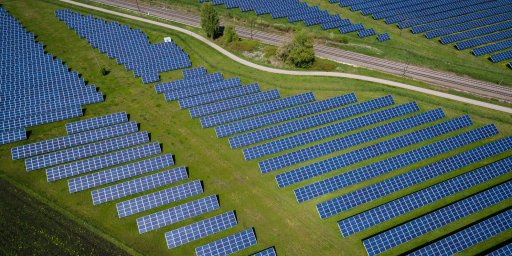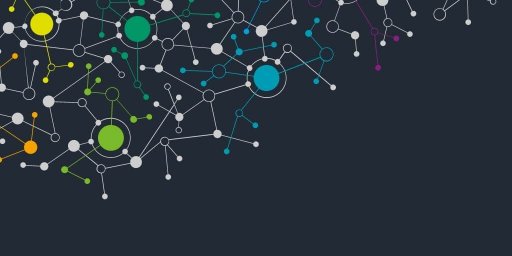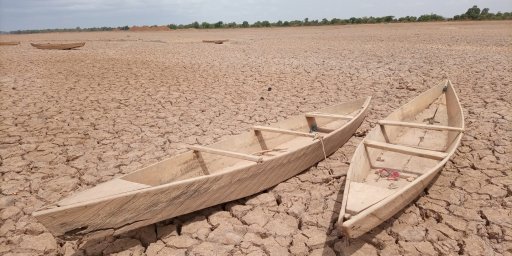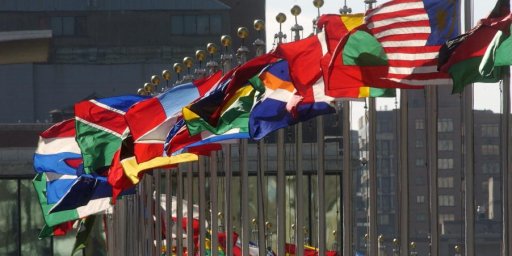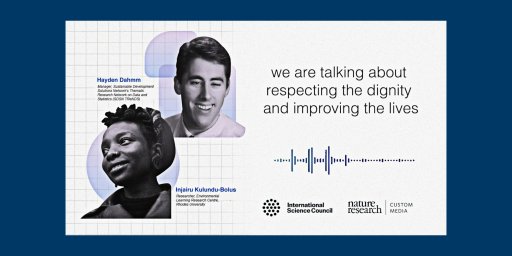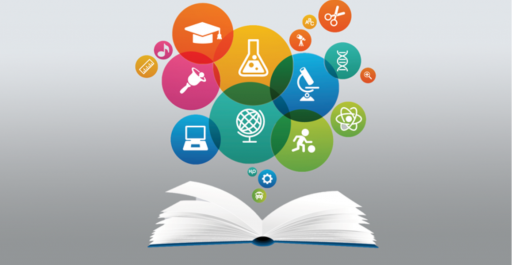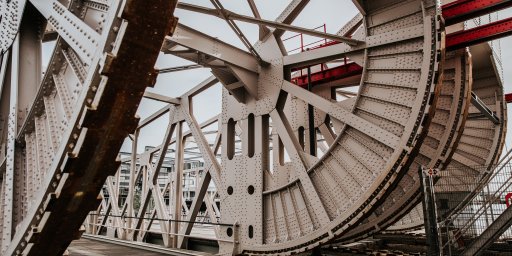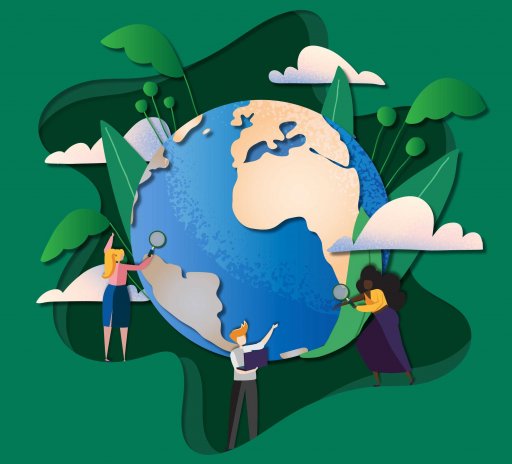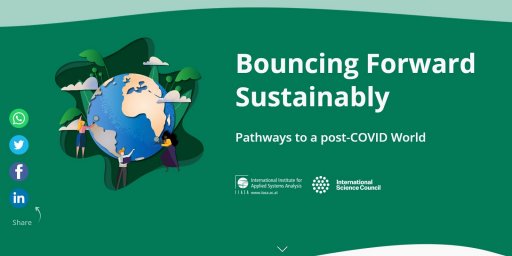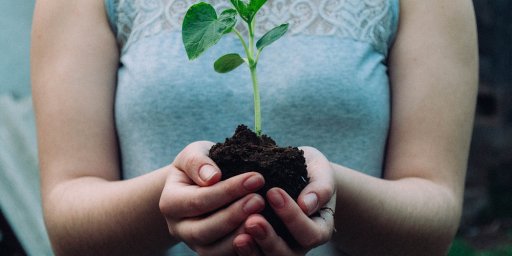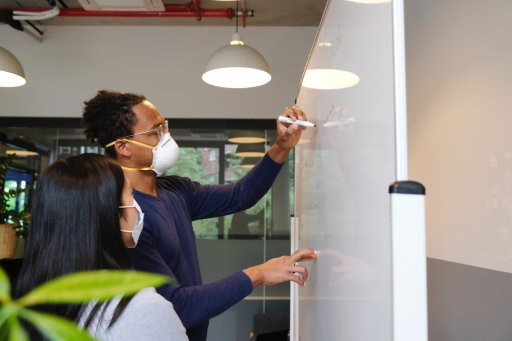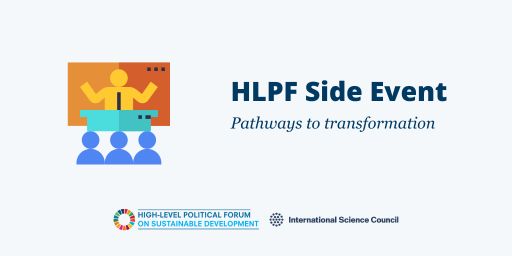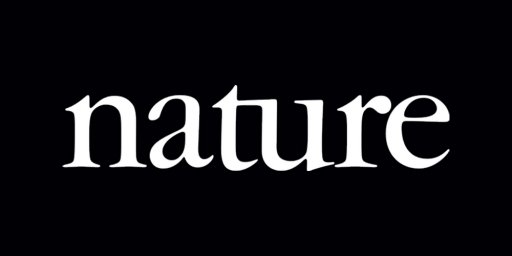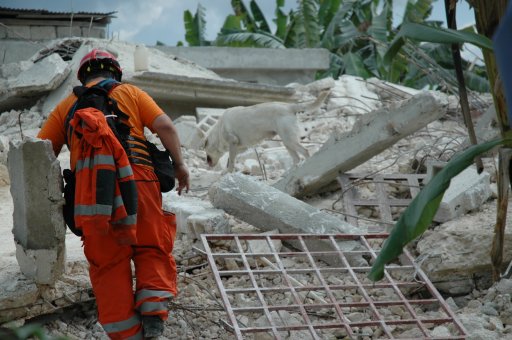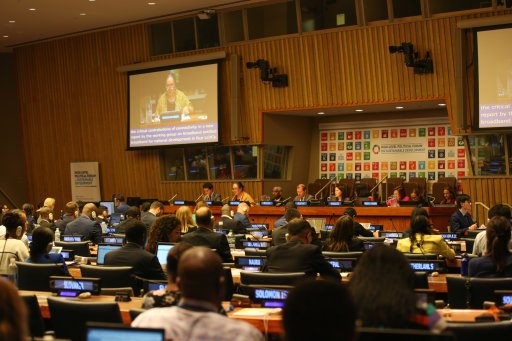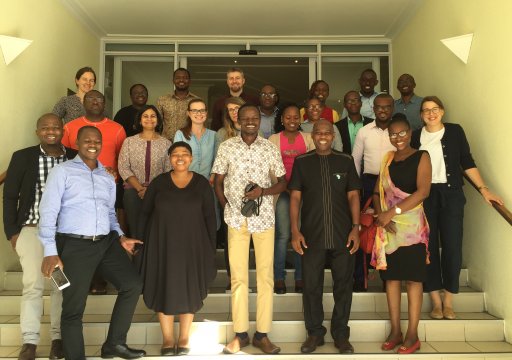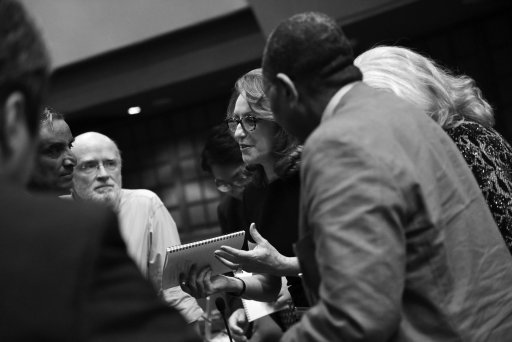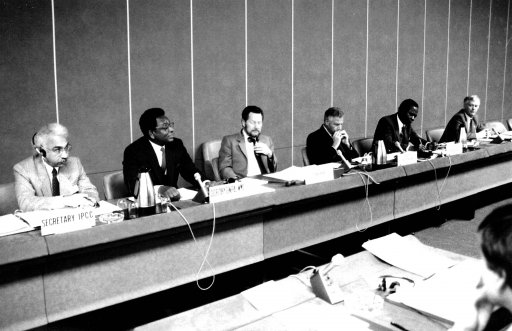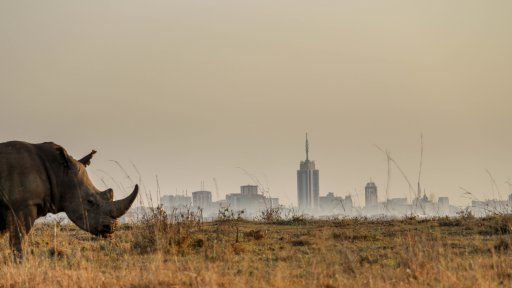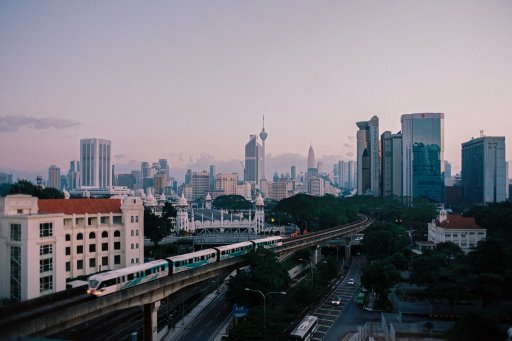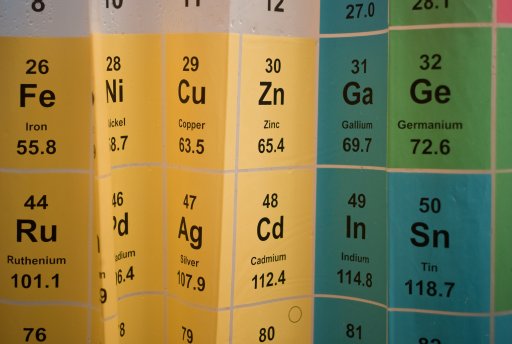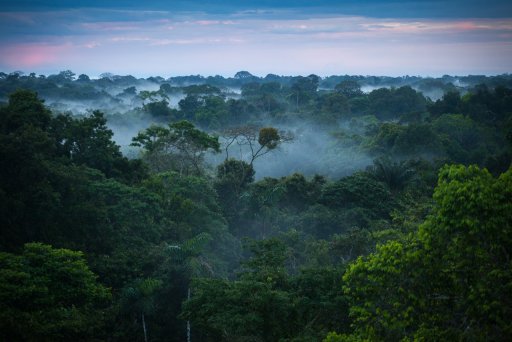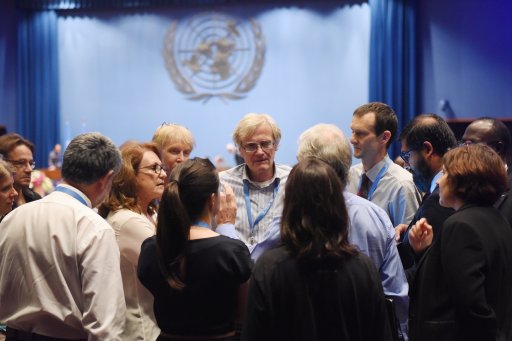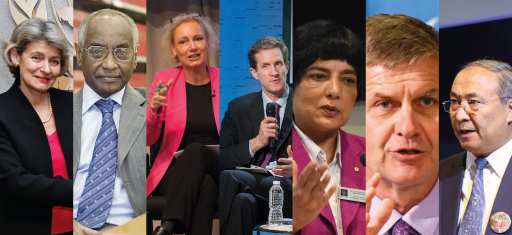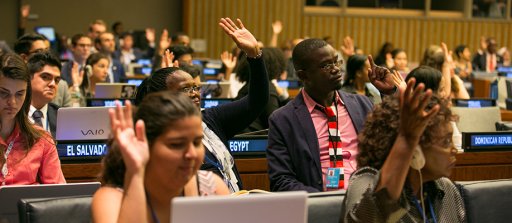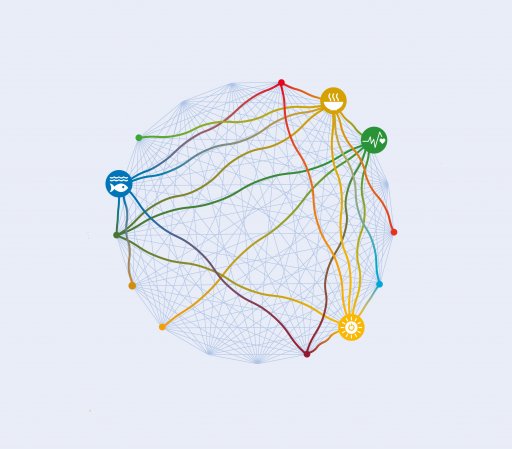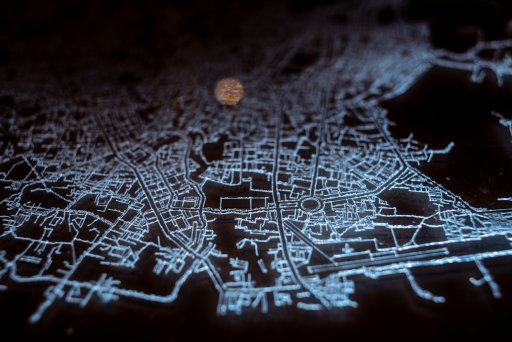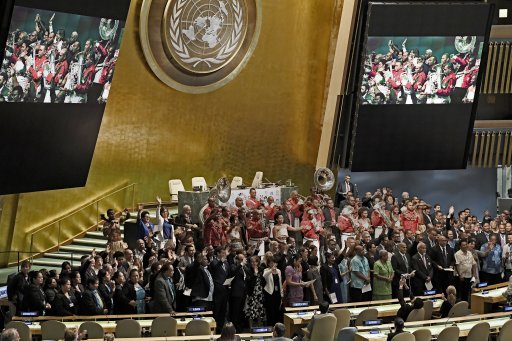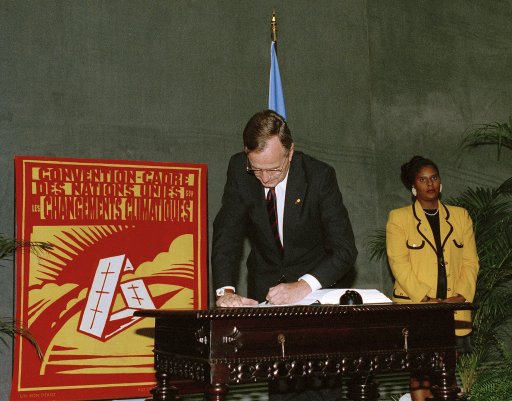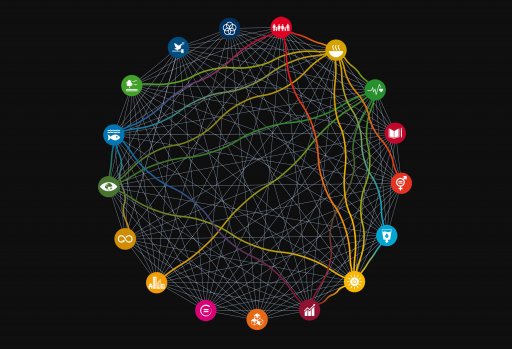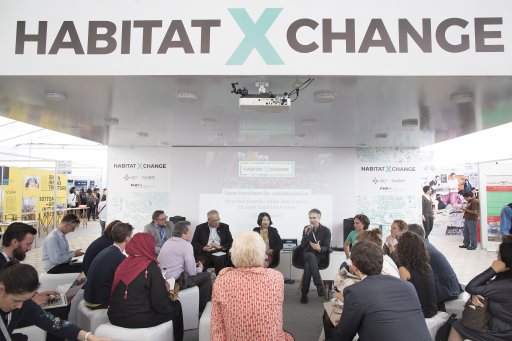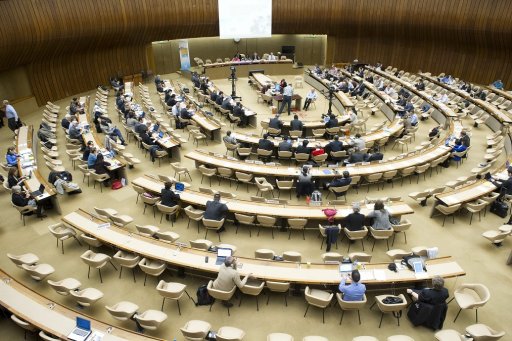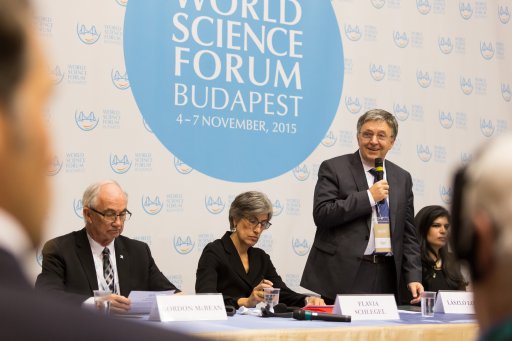Designed to strengthen the engagement of the scientific community in the political process of the implementation of the Sustainable Development Goals, the newsletter ran for eight editions — two before the start of the HLPF and six during the conference.
You can read all the Episodes by following the links below. The five interviews featured in the newsletter are reprinted below.
- Science X HLPF 1: 5 June 2018
- Science X HLPF 2: 21 June 2018
- Science X HLPF 3: 11 July 2018
- Science X HLPF 4: 12 July 2018
- Science X HLPF 5: 13 July 2018
- Science X HLPF 6: 16 July 2018
- Science X HLPF 7: 17 July 2018
- Science X HLPF 8: 19 July 2018
We are currently evaluating how to build on this newsletter for future editions of HLPF. If you’d like to be updated about further activities around the HLPF in 2019, please sign up here.
Q&A with Jörn Geisselmann, Advisor at Partners for Review
Where did the idea for Voluntary National Reviews come from?
One of the lessons of the MDGs was the need for a stronger review mechanism and better accountability. At that time they had an annual ministerial review under the auspices of ECOSOC, looking at the implementation of the MDGs.
The guidelines for reporting aren’t binding, countries are free to decide whether they want to do it, and how they do it. My sense is that the reporting is happening in a wide variety of ways. Some countries give long reports, some very detailed, some with no statistical annex. One misunderstanding is around the scope of reporting: many countries think they have to focus on the thematic goals of each HLPF. In fact, the report should be on all the goals.
Which countries are showing strong leadership on pushing the agenda forwards beyond incremental change towards transformational change?
It’s difficult to single out one country or another as a leader. Different countries have different strengths. For example, the Netherlands decided to conduct a national review every year, they submit it to their parliament. Citizens can contribute online to that report. Another interesting feature is that they have 5 stakeholder groups – private sector, knowledge institutions, NGOs, local government and youth – each have the opportunity to contribute one chapter to that review.
Colombia is taking on the challenge of integrating big data into their SDG reporting. They have developed an SDG dashboard where online you can access their progress on SDG indicators. Nigeria has an interesting mechanism to include the private sector, they set up an advisory business council that tries to bring in the expertise of that sector. South Africa is trying to strengthen the role of science in the National review. They will report next year. They have invited one of the universities to facilitate the participation of science in the national review.
Do you have any recommendations for scientists trying to get the most out of HLPF?
Of course you can binge on VNRs one hour after the hour. You have many side events and even events at the weekend. So make sure that you go to the kind of events that are most relevant to you.
There is one day dedicated to science.Try to link up with your national delegation. Especially if your research is on a national level. Try to be on a panel. That is the best way to get in touch with people. To be more visible.
What do countries need to prepare for next year’s Heads of State HLPF?
The goal of HLPF 2019 is to take stock, to assess where we stand vis a vis the agenda — both at the country and the international level. How can a country contribute to those deliberations. The meeting should be able to identify areas of focus.
A key question will be: How can the HLPF play a more effective role in stimulating implementation of the agenda. There are so many countries presenting VNRs, you get tired listening to so many presentations, and there are few meaningful follow up recommendations.
Q&A with Felix Dodds, Global Research Institute Senior Fellow at the Water Institute
We speak to Felix Dodds, Global Research Institute Senior Fellow at the Water Institute and a prominent observer of UN processes, about the “Major Groups” — which are a system for stakeholder groups to participate in UN processes.
Could you tell us about the history of the Major Group for Science and Technology? Why was it created and what was it supposed to do? Was this a first in the UN system?
In the runup to the Rio Earth Summit (1992), Maurice Strong, who was the Secretary General for the Summit, recognized that it was important to have ‘different stakeholder’ views – not only in developing Agenda 21, but also in helping to deliver it. This approach was a departure from the default model of grouping all NGOs together as “civil society”.
The Earth Summit recognized nine stakeholders, including the Science and Technology Community. For the first time, science and technology were given a seat at the table to ensure that member states could hear the latest scientific evidence. But the new system also enabled women to have a chance to explain the gender aspect of policies. It ensured that the next generation – youth and children – and Indigenous Peoples would have a voice. It also brought in local government as a stakeholder, recognizing that in many cases they would be important partners in delivering the outcomes.
Most of these ‘stakeholder groups’ organized global conferences to develop input for the Earth Summit’s main outcome document. In particular, the scientific community gathered in November 1991 to develop input for the Earth Summit at the Vienna International Conference on an Agenda of Science for Environment and Development into the Twenty-first Century (ASCEND 21). The conference was organized by the International Council of Scientific Unions (ICSU) and the Third World Academy of Sciences (TWAS).
After the Earth Summit, as governments established their Councils of Commissions for Sustainable Development, nearly all of these started by engaging the national leaders of each of the Major Groups. These bodies then played a key role in the years after the Rio 92 conference in ensuring effective follow-up at the national level.
Broadly speaking, how has the S & T Major Group evolved since its creation?
The Major Groups have developed in interesting ways since 1992. The approach has expanded to many of the environmental conventions, UNEP, and conference processes related to sustainable development. This has enlarged the space for different and, in many cases, unique views from the different stakeholders to be heard.
Some of the most successful outcomes in policy terms driven by Major Groups since 1992 occurred during the years 1998-2002 of the UN Commission on Sustainable Development (CSD). The introduction of the multi-stakeholder dialogues was revolutionary at the time. Member states gave up two days of negotiations at the beginning of a two-week CSD for four three-hour sessions where three or four stakeholder groups presented their views and had a dialogue with member states on issue that CSD would address. These processes helped build trust and understanding and, therefore, a better set of policies for the CSDs. Since then, this approach has been replicated in a number of different fora.
The scientific community’s input to Rio+20 included a series of policy briefs released at the Planet Under Pressure Conference, as well as the outcomes of the conference itself. The conference was positioned a little late in the preparatory process. If the preparatory process had been going well (it wasn’t), it would have provided an important contribution to the Future We Want. I would always advise that stakeholder conferences need to take place at least 18 months in advance to generate substantive inputs for the agenda.
What is the role of the Major Group for Science and Technology in SDGs process? And at the High Level Political Forum (HLPF)?
The role of the Major Group for Science and Technology should be all about ensuring that the best science is put forward and challenging things when it isn’t. It’s about helping policy makers understand science and where to find information so that it can inform decisions, and proposing other views on solutions without being prescriptive.
With regards to the HLPF, the key problem is that the outcome document – which is meant to be based on learning and discussion of what has happened in implementing particular goals – is negotiated before the HLPF meets. It’s done through an informal process during June, which requires lobbyists to be in New York for a month to secure the kind of outcome that reflects the interest of the scientific community. This is not just a problem for the Major Group of Science and Technology, it’s a problem for all the Major Groups.
The HLPF needs to be reformed, and that issue will be addressed in October 2019. In the meantime, it would be great to have the Science and Technology Major Group come forward with suggestions on what this reform should look like.
Q&A with Lolita Jackson, Special Advisor, Climate Policy and Programs, NYC Mayor’s Office
We speak with Lolita Jackson, Special Advisor, Climate Policy and Programs, NYC Mayor’s Office, who tells us why the city of New York decided to conduct and publish its own Voluntary Review on its progress implementing the SDGs.
What does it mean for a city to deliver a VNR?
We call it a voluntary local review. For us it shows our leadership in localizing the implementation of the SDGs. We are one of the first cities to incorporate equity, which is at the core of the SDGs, into our sustainability planning. Our VLR also shows you can promote action in a locality in the absence of national action.
You have worked on every climate plan New York has ever done. How has New York shifted to incorporate the SDGs?
OneNYC, our 2015 plan on sustainable development for New York, came out right before the SDGs were released. It was serendipity more than strategic planning. It builds on previous climate plans for the city — the 2007 PlaNYC report was based on planning for NYC’s growth to 9 million people and the 2011 incorporated significant sustainability components. In 2013, after Hurricane Sandy, we did a resilience plan. Right before the SDGs we incorporated equity in our 2015 OneNYC plan.
In 2015, we released “A City With Global Goals”, which is a high level precursor to our VLR, it shows how the goals in our own plan map to the SDGs. The VLR highlights the same connections and how we moved forward on these since 2015. Our initiatives all have milestones and state what the final expected result is. We are mandated by law to show progress every year in our progress reports and so we have robust data to do that.
How is the city of New York engaging with the HLPF?
Well a number of us have been speaking at various side events. Our international affairs commissioner, Penny Abeywardena, is leading the effort administration wide and spoke at the main session to announce the VLR. We are also engaged speaking to certain delegations, as we have been getting a lot of requests from around the world to discuss our plan. Many cities nationwide and many around the world have their own plans, particularly the ones organized in the C40 initiative, which are mandated to have their own climate action plans. Through various networks we talk about how to include equity and equality in climate planning.
Q&A with Jessica Espey, Senior Advisor, UN Sustainable Development Solutions Network
We speak to Jessica Espey, Senior Advisor to the United Nations Sustainable Development Solutions Network (SDSN), about the role of science in the development of the SDGs, and how the scientific community could strengthen its role in the HLPF.
In your opinion, what is a success story for the scientific community’s engagement in the SDGs process? Where could it have been stronger?
The academic community was very involved in the SDG negotiation process, including for example through advocacy efforts around SDG 11 on cities and sustainable urban development and taking leading positions in the UrbanSDG campaign. This was instigated by SDSN, but saw active engagement from a huge range of academics, urban scientists, policy-makers and practitioners. Academics presented compelling cases for the inclusion of SDG 11 to the Open Working Group and subsequently developed a proposal on SDG 11 indicators, in Bangalore, India, which formed the basis for many of the SDG 11 indicators eventually agreed to by the UN’s Inter-agency Expert Group on SDG Indicators.
Stronger academic engagement should be encouraged through side events and parallel fora. These should be endorsed by the UN and run up to the HLPF and the UN General Assembly. In particular, UNDESA should consider supporting a high-level science conference immediately preceding the 2019 UNGA to invite independent academic and scientific views on our progress, particularly on leave no one behind. SDSN and Columbia University host the annual international conference on sustainable development in New York each September which presents a good platform to build upon.
Which are the most relevant partnerships for the scientific community to engage with around the HLPF and the SDGs?
The Global Sustainable Development Report, prepared by UNDESA, has open consultation windows and calls for evidence, is a great mechanism through which to provide input into the HLPF and SDG process, as is the Major Group on Science and Technology. Finally, scientific partners can join UNSDSN, a special initiative of the UN Secretary General which aims to mobilize scientific and expert knowledge in support of SDG implementation.
How can the scientific community increase the impact of its messages at the UN? Which communities can it learn from for this?
The scientific community should model the local government community in organising delegations to attend the HLPF and UNGA. It should engage with Ambassadors and other national delegates and share latest key findings. To ensure direct relevance to the discussion, the delegations should be focused on whichever SDG is being discussed in each HLPF session.
The global science community should also look to prepare, glossy public reports (not just peer-reviewed articles) which are freely available and are promoted via media and press, summarizing latest SDG-relevant research. UNSDSN’s SDG Index provides a good model for this, which has had high media impact and is regularly cited in the formal HLPF proceedings.
Q&A with Marianne Beisheim, Senior Researcher, German Institute for International and Security Affairs
We speak to Marianne Beisheim, Senior Researcher, Global Issues Division at the German Institute for International and Security Affairs, about the next edition of the Global Sustainable Development Report (GSDR) and what scientists can do now to prepare for HLPF 2019.
Why should scientists engage with HLPF?
Scientific input is needed to support countries searching for solutions on how to implement the SDGs. Experts provide knowledge and insight on crucial issues such as interlinkages and systemic approaches, and on the identification of suitable indicators for the SDGs.
Scientists should also engage at the national level and with their national delegations. Germany, for example, setup the “Science Platform Sustainability 2030” that seeks to support policymaking by generating, collating, and strategically disseminating knowledge. It provides a scientific perspective on both the progress towards and obstacles to the implementation of the 2030 Agenda in Germany, with Germany, and through Germany. To this end, it gathers initiatives under one umbrella, collates research findings in relation to the Agenda 2030, and supplements these findings with recommendations for political action.
What has been your experience following HLPF — what was successful from the science community, what wasn’t?
During the negotiations of the SDGs, the morning meetings with the two Co-Chairs were a major opportunity to bring in science-based input. UN-DESA and the UN task teams that supported the negotiations also took up inputs from experts. This continues in the preparation of the HLPF, for example with the Expert Group Meetings that inform the HLPF Thematic Reviews. While the speaking slots for the Major Group Science and Technology are too short (2 minutes only) to present in-depth expertise, the side events, if well-organized, can be a good way to do so.
What is your hope for the GSDR in 2019?
The GSDR, as an “assessment of assessments”, should not duplicate existing studies but create added value with regard to the principles of the 2030 Agenda, i.e. produce insights on how we can achieve transformation, integration, inclusiveness, leaving no one behind. Also, the report should not only describe trends or interlinkages but rather analyze and discuss the underlying root causes. While the report cannot be prescriptive, it should be policy relevant and should not shy away from exploring different policy options for achieving the “transformation” towards sustainable development that the 2030 Agenda envisions. In that context, I would like to see social sciences and behavioral sciences coming in more. The report needs to convey clear messages – to mobilize the full support of the science community, it would be good to consult on the draft main messages before finalizing the report.
Thinking ahead to the HLPF 2019, what should scientists start preparing now?
Scientists should identify the indicators that are off track and analyze the reasons behind the lack of progress achieved so far. Desperately needed are innovative solutions for leap-frogging and structural change. For maximal impact, interested scientists, including the 15-member team of the GSDR, the International Science Council, and SDSN, could co-organize a conference to develop joint input for the 2019 HLPF Summit in September 2019.


